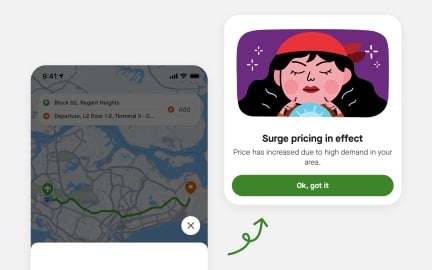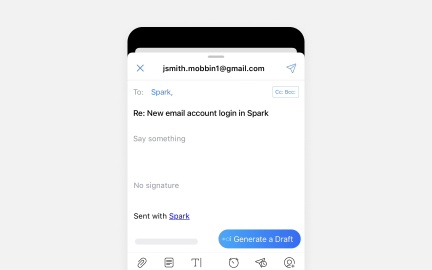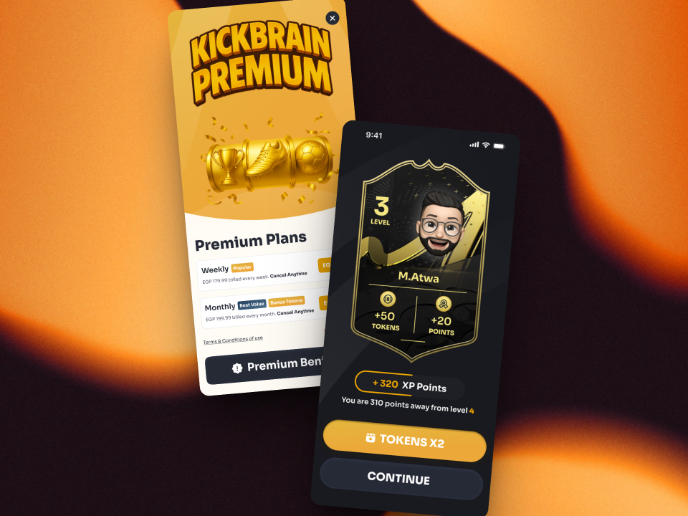Product Adoption
Product adoption tracks how quickly and deeply users start using a product or feature, offering insight into usability, value, and fit.
What is Product Adoption?
Your product launches fail to gain traction because building great features doesn't automatically create engaged users, leading to ghost town products with impressive capabilities that customers ignore while sticking to familiar alternatives.
Most teams focus on feature delivery without systematic approaches to driving adoption, missing that product adoption requires deliberate strategies to help users overcome switching costs and build new habits around your solution.
Product adoption is the process by which users progress from awareness to regular usage of your product, requiring systematic approaches to onboarding, activation, and habit formation rather than hoping great products naturally attract engaged users.
Products with strong adoption strategies achieve 70% higher activation rates, 55% better retention, and significantly faster growth because teams actively help users succeed rather than assuming feature quality drives usage automatically.
Think about how Slack spread through organizations via team viral adoption, or how Duolingo uses gamification to build daily language learning habits, proving adoption requires strategy beyond product excellence.
Why Product Adoption Matters for Product Success
Your product metrics disappoint because users sign up but don't engage, try once but don't return, or use basic features while ignoring valuable capabilities, wasting acquisition spend on users who never create or receive value.
The cost of poor adoption compounds through every churned user and unused feature. You waste acquisition money, miss revenue potential, accumulate feature bloat, and eventually fail when competitors with better adoption create habitual users from your prospects.
What effective product adoption delivers:
Better return on acquisition spend because adopted users create value rather than churning after expensive acquisition without engagement.
When adoption works well, CAC pays back through engaged users rather than vanishing into signup metrics without substance.
Enhanced product-market fit signals through users who actually use products rather than false positives from signups without engagement.
Improved viral growth and referrals because engaged users recommend products rather than abandoned accounts creating no word-of-mouth.
Stronger competitive moats through habits as adopted products become part of user routines rather than easily replaced tools.
Higher lifetime values and retention through users who deeply integrate products rather than surface-level trial without commitment.
Advanced Product Adoption Strategies
Once you've mastered basic adoption, implement sophisticated engagement approaches.
Behavioral Psychology Application: Use commitment, social proof, and other psychological principles rather than hoping logic drives adoption.
Cohort-Based Adoption Programs: Create shared learning experiences rather than individual journeys, leveraging social dynamics for adoption.
AI-Driven Adoption Optimization: Personalize adoption paths based on user behavior rather than one-size-fits-all onboarding.
Enterprise Adoption Orchestration: Coordinate adoption across organizations rather than individual users, recognizing B2B adoption complexity.
Step 1: Map Adoption Journey and Barriers (Week 1)
Understand steps from awareness to habit and obstacles at each stage rather than generic onboarding, identifying specific friction points preventing adoption.
This creates adoption foundation based on user reality rather than internal assumptions about how adoption should work.
Step 2: Design Compelling Activation Experience (Week 2-3)
Create "aha moments" where users experience core value quickly rather than lengthy setup before value, hooking users before patience expires.
Focus activation on single powerful experience rather than touring every feature, ensuring users feel immediate value rather than overwhelming complexity.
Step 3: Build Progressive Engagement Paths (Week 3-4)
Design sequences that gradually introduce advanced features rather than front-loading complexity, building user confidence through staged success.
Balance feature discovery with simplicity to avoid overwhelming new users while ensuring they eventually find full value.
Step 4: Implement Habit-Forming Mechanics (Week 4-5)
Create triggers, actions, and rewards that build usage routines rather than one-time value, designing for recurring engagement not just initial trial.
Step 5: Measure and Optimize Adoption Funnels (Week 5-6)
Track progression through adoption stages rather than vanity metrics, identifying where users fail to advance and systematically fixing barriers.
This ensures adoption efforts create engaged users rather than signup theater without meaningful usage.
If adoption doesn't improve, examine whether you're solving real user problems rather than building features seeking users.
The Problem: Feature-focused onboarding that tours capabilities rather than delivering value, losing users in product education without benefit.
The Fix: Design value-first experiences rather than feature tours, showing users success before explaining how everything works.
The Problem: Adoption strategies that stop after initial activation, missing ongoing engagement necessary for true adoption.
The Fix: Plan full journey to habit rather than just activation, designing for sustained usage not just first experience.
The Problem: Generic adoption approaches ignoring user segment differences, forcing all users through same path regardless of needs.
The Fix: Segment adoption strategies by user type rather than universal approach, recognizing different users need different paths to value.
Create product adoption approaches that build engaged user bases rather than impressive signup numbers without meaningful usage.
Recommended resources
Courses

UX Research

Enhancing UX Workflow with AI










